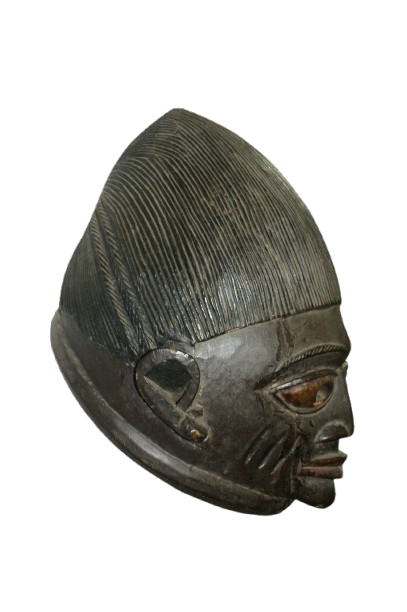

Advertisement

Long before the rise of empires like Mali and Songhai, one of Africa’s oldest known civilizations was already thriving in what is now northern Nigeria. Known as the Nok culture, this society was advanced in iron technology, agriculture, and artistic expression. The Nok are remembered today not only for their early use of iron tools, but also for their remarkable terracotta sculptures that still captivate historians and archaeologists around the world.
The Nok civilization emerged around 600 BCE, making it one of the earliest known cultures in sub-Saharan Africa to work with iron. This technological leap allowed them to shape their environment and transform their economy.
The Nok mined iron ore from nearby sources and smelted it in clay pit furnaces.
These furnaces were simple but effective, using charcoal and bellows to generate the high temperatures needed to extract pure iron.
The iron was then shaped into farming tools, axes, hoes, and weapons like spears and arrowheads.
This early mastery of ironworking gave Nok farmers and warriors a huge advantage—helping them clear land, farm more efficiently, and defend their communities.
Beyond their technological skills, the Nok were also pioneers of African art. Their terracotta sculptures are some of the oldest and most sophisticated found in Africa, dating from around 500 BCE to 200 CE.
Life-sized clay sculptures of human figures, animals, and mythological beings
Highly detailed facial expressions, hairstyles, and jewelry
Stylized features such as triangular eyes, elaborate headdresses, and pierced ears
Some sculptures may have had religious or ceremonial significance
These sculptures were fired in clay kilns, possibly the same type used for iron smelting. The pottery tradition suggests that Nok society had specialized artisans and a deep appreciation for aesthetic and spiritual life.
Archaeological evidence suggests that the Nok people lived in small farming villages. Their settlements included:
Thatched-roof homes made from mud and wood
Stone tools alongside iron ones, showing a blend of old and new technology
Remains of millet, sorghum, and cowpeas, indicating an established agricultural base
Domesticated animals such as goats and cattle
The Nok economy was likely based on farming, herding, hunting, and local trade, with iron tools boosting productivity and surplus.
Some Nok sculptures were found in burial sites, suggesting they had spiritual or ceremonial importance. While the exact beliefs of the Nok people remain unknown, their art points to a society that:
Respected ancestors or deities
May have had ritual specialists or priests
Practiced some form of burial ritual, possibly to honor the dead or guide them into the afterlife
By around 200 CE, the Nok culture mysteriously disappeared. The reasons are still debated, but possible causes include:
Environmental changes such as drought or soil exhaustion
Migration or conflict with neighboring groups
A shift in trade routes or political systems
Despite their decline, the Nok left a lasting legacy:
Their iron technology influenced later West African civilizations.
Their artistic style inspired later terracotta traditions in the region.
They represent a critical link in Africa’s early technological and cultural development.
The Nok culture was rediscovered in the 1940s, when a tin miner unearthed a terracotta head near Nok village in Nigeria. Since then, many sites have been excavated—but illegal looting and the international art market have endangered many of these ancient artifacts.
Today, scholars and museums are working to preserve and protect Nok heritage, which is a valuable piece of Africa’s ancient story.
The Nok culture stands as one of Africa’s great early civilizations—technologically advanced, artistically gifted, and deeply rooted in their land and traditions. They were among the first in West Africa to smelt iron, and their sculptures remain unmatched in beauty and expression.
Though much remains unknown, every artifact discovered helps us better understand the ingenuity, resilience, and creativity of early African societies.
Advertisement